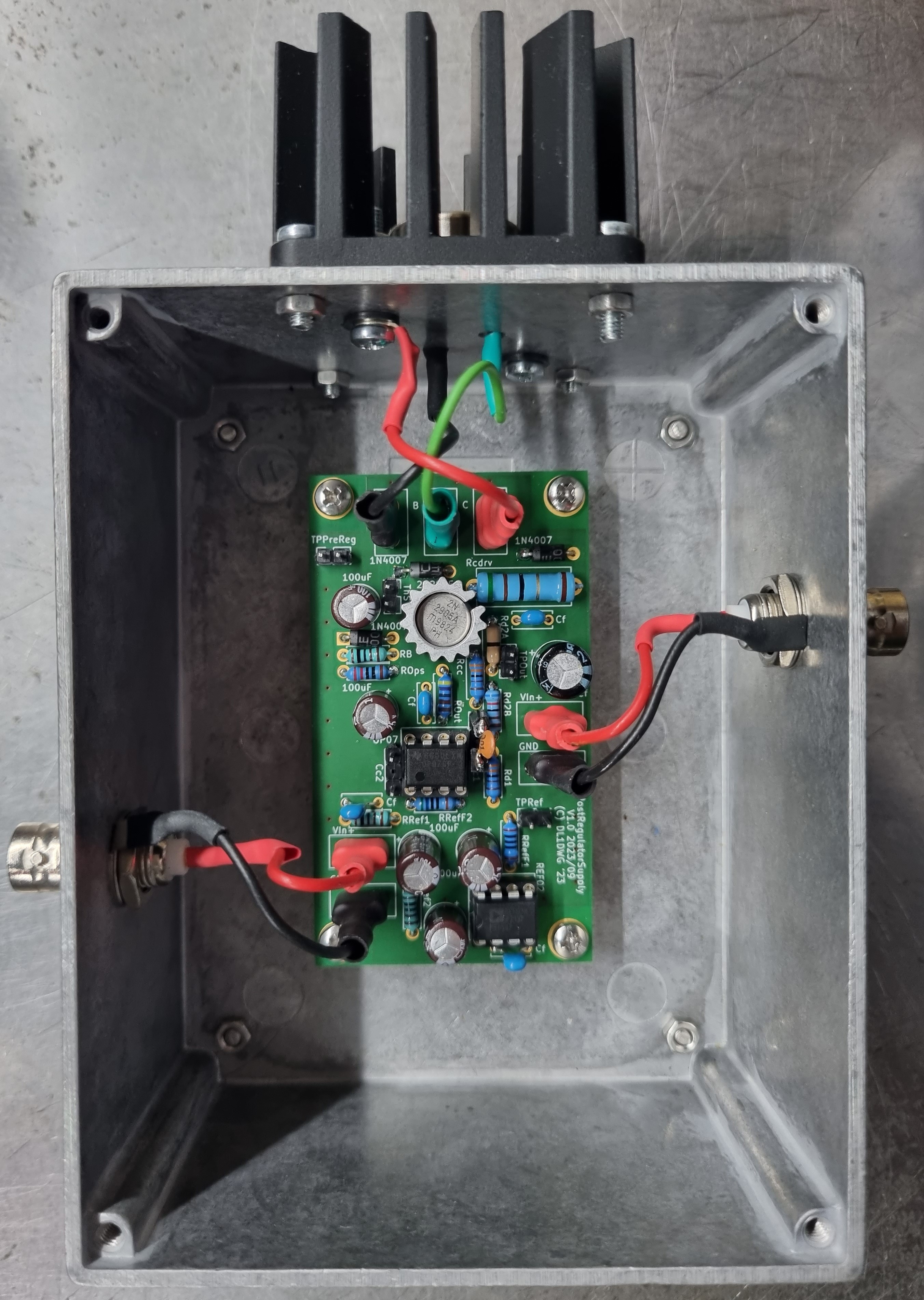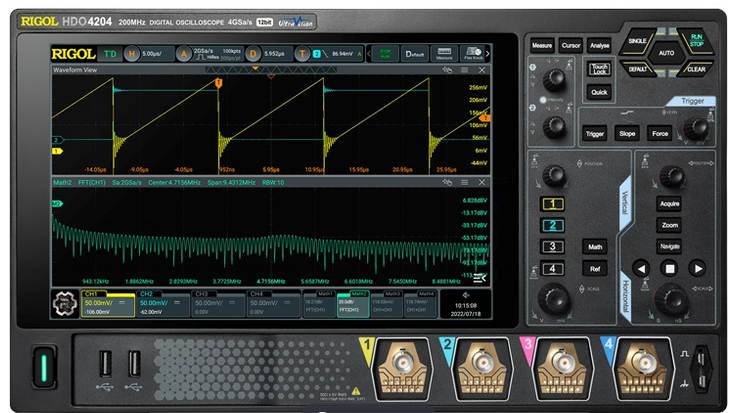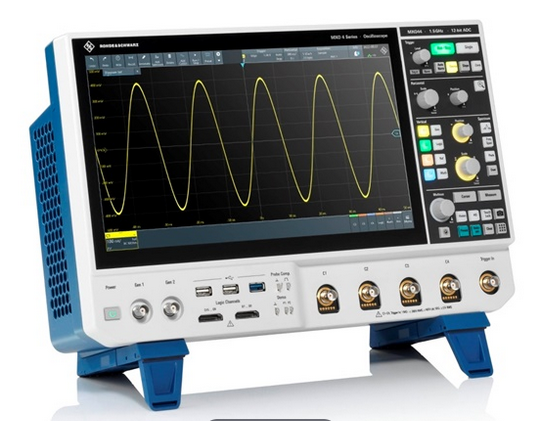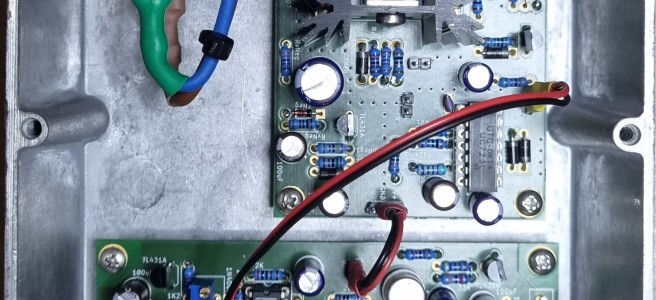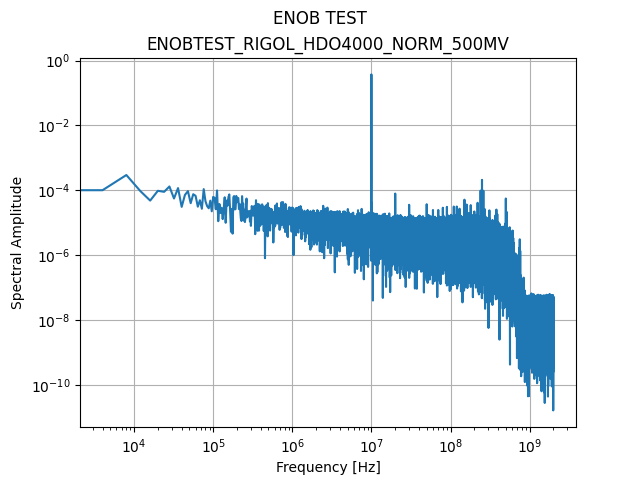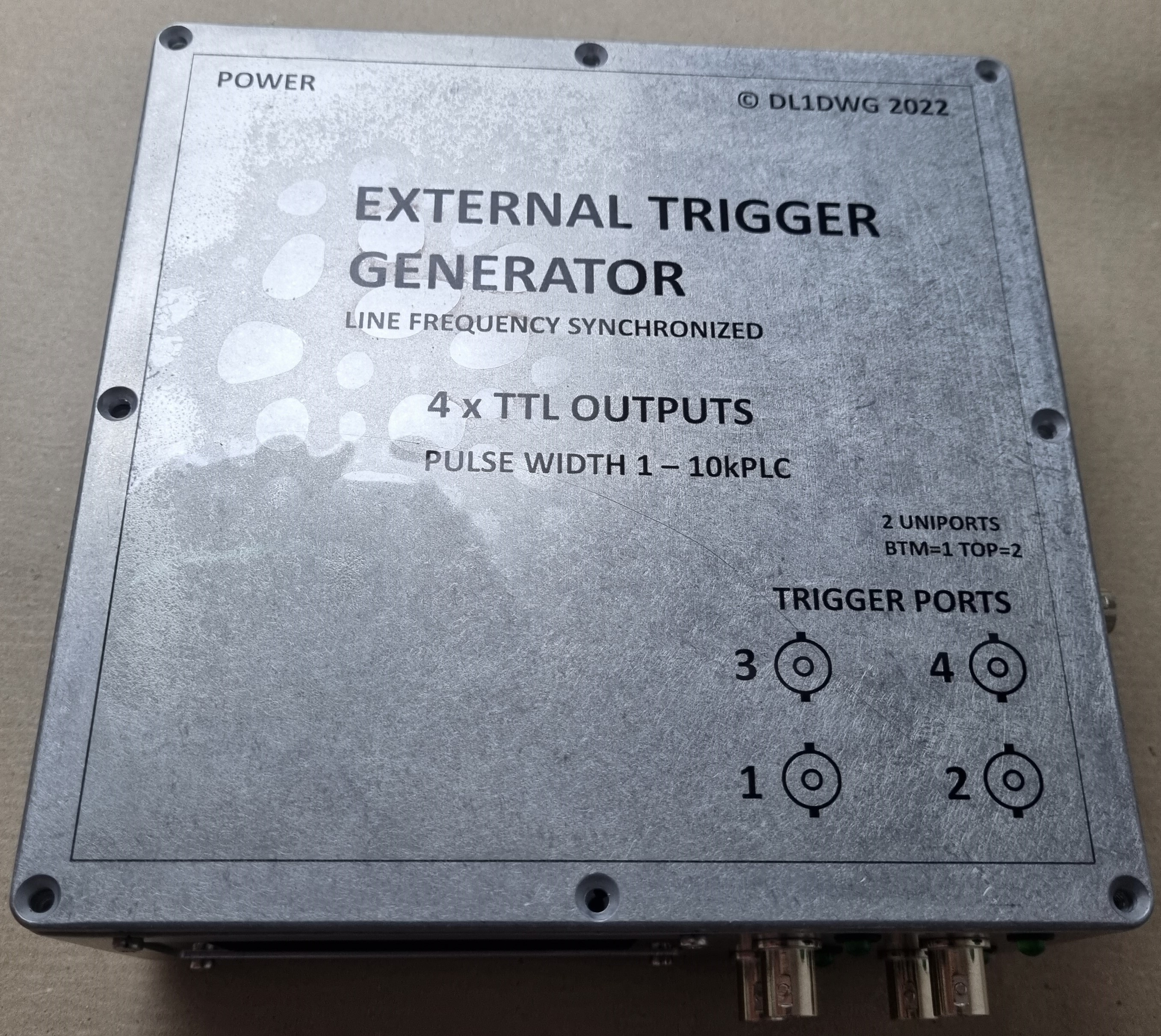Why do I need this ?
I try to measure semiconductor leakage currents in an automated apparatus. To verify this instrument, I replace some DUT transistors by known high-value resistors and check if my “leakage” current readings are fine.
When you have multi-Gigaohm or even Teraohm resistors that need to be verified we run into a measurement problem – even the most sensitive Picoammeters (e.g., Keithley 6845) get really noisy, the measurements take an age to stabilize, … no fun. The bottom line is that we need to drive at least 10pA of current into our meters to get a clean, stable results, and with very high value resistors that means high voltages. 100Gigaohms at 10pA mean 1000V. For 1TOhm, we only get 1pA output, which is already a bit low.
Up to 1GOhm or even 10GOhm you may buy some Dale or other renowned manufacturer parts with 1% tolerance. Above that it either gets extremely expensive or you have to do with +/-10% or even +/-20% tolerance parts from vintage Soviet times, normally encapsulated in glass. You need to measure those to get an idea if they are still OK and how accurate they really are. The “industrial” way to do this is to buy a Picoammeter with built-in high voltage source (i.e. an Electrometer), and this means a several K€ instrument (Keysight B2980B is 13.5K€ wo VAT, Keithley 6517B is only a bit less). Accuracy in the high resistance ranges is also not overwhelming, so a 1% homebrew solution is probably a good value for money :).
Click here to see the details:
Mini References for Calibration of Extremely High Impedance Measurement Circuits


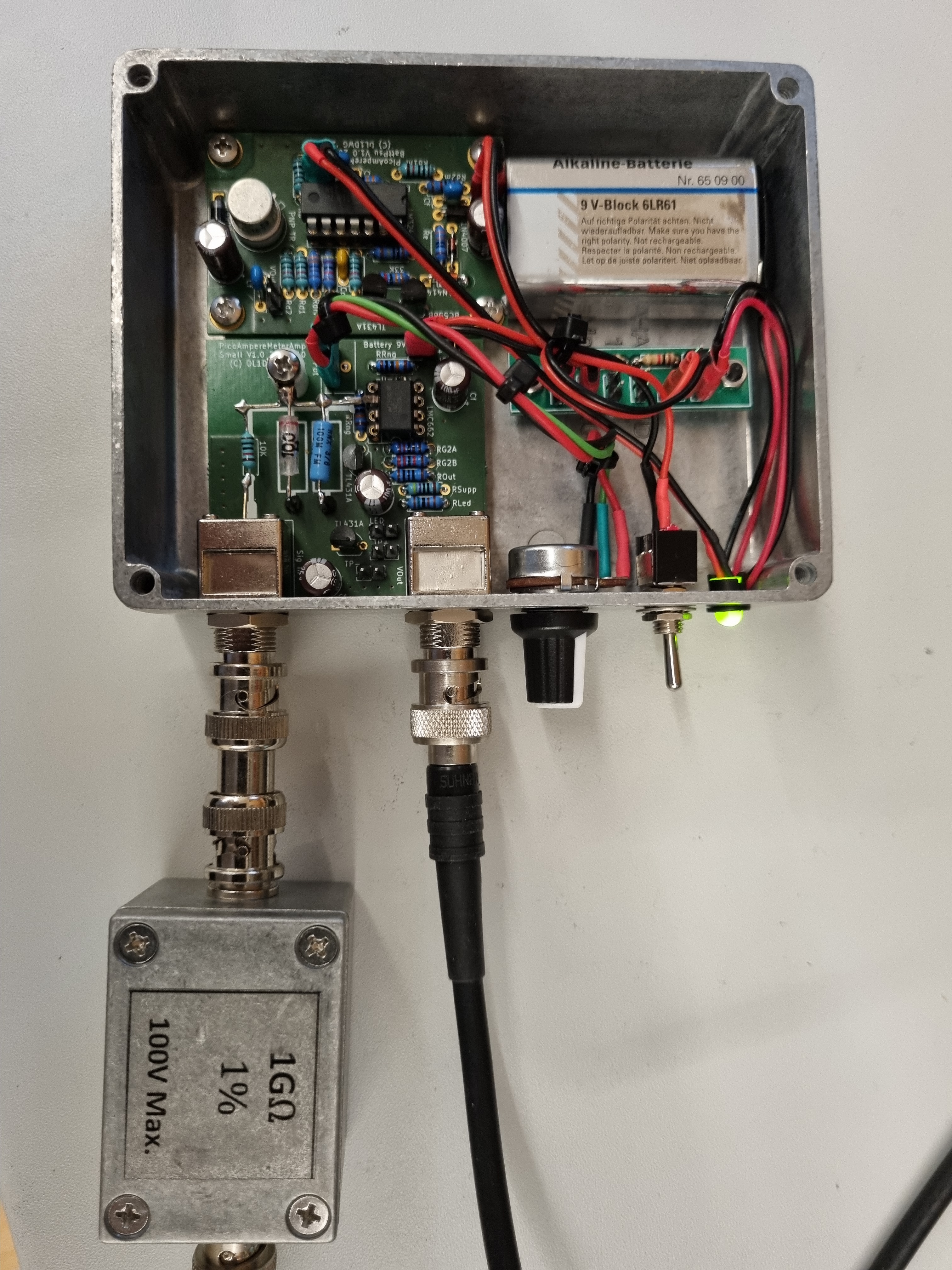 When you need to measure extremely small currents, even your premium DMM is not a good choice. There are specialized instruments for this, and they have resolutions down to the attoAmpere ranges. Their principle of operation is rather different from what DMMs do – instead of measuring voltages across a shunt low level picoammeters do it by compensating current using an inverting Op amp with rather extreme properties.
When you need to measure extremely small currents, even your premium DMM is not a good choice. There are specialized instruments for this, and they have resolutions down to the attoAmpere ranges. Their principle of operation is rather different from what DMMs do – instead of measuring voltages across a shunt low level picoammeters do it by compensating current using an inverting Op amp with rather extreme properties. 1
1
